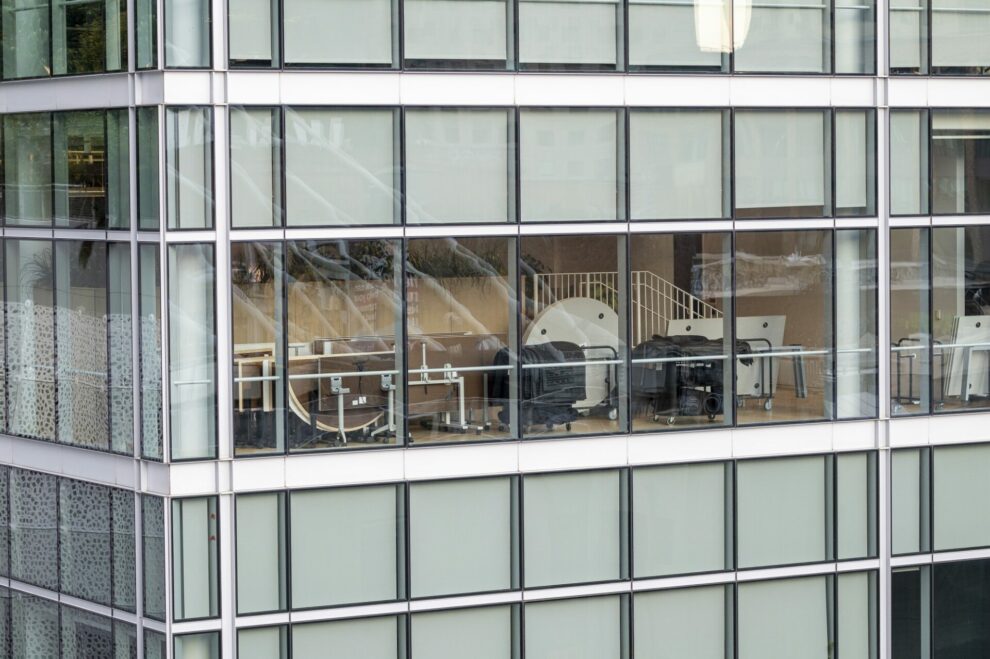Any hopes that falling borrowing costs would stem the pain from the US office downturn were swept away last week.
Deutsche Bank set aside more money for souring US commercial real estate loans, while a Blackstone mortgage trust slashed its dividend. New York Community Bancorp’s shares then plunged the most since the last bout of CRE-related turmoil in March after provisions for losses came in at more than double the average expected by analysts.
The announcements signal that lenders may not be able to just amend and extend loans in the hope that lower interest rates will ease borrowers’ pain and allow property owners more time to refinance debt. More than $US94 billion ($145 billion) of US commercial real estate is distressed, according to MSCI Real Assets, with a further $US271 billion at risk of slipping into that category.
“As a $US1.5 trillion wall of loan maturities hits over the next two years, the implications are profound,” John Murray and Francois Trausch at Pacific Investment Management wrote in a note last week. “Lenders and borrowers will be forced to ‘face the music’: in the near term, we expect further declines in appraised valuations and price indices, making loan extensions even more difficult to rationalise.”
The bad news began when Deutsche Bank said the office sector in the US will continue to impact earnings in the coming months, although it expects CRE provisions to be lower in the second half. Later that day, Blackstone Mortgage Trust, a target for short sellers, reported a quarterly loss to the trust of $US61 million compared with a $US101.7 million profit in the same period a year earlier. It cut its dividend by 24 per cent.
The following day, New York Community Bancorp said it set aside another $US390 million during the second quarter to cover loan losses, primarily due to office lending.
“Higher impairments suggest asset revaluations may still be working their way through at lenders and others with real estate exposure,” said Tolu Alamutu, a senior credit analyst at Bloomberg Intelligence, of the outlook for the industry. “As transaction volumes creep up, more adjustments can’t be ruled out. These marks may pale in comparison to last year’s but may still reverberate.”
Credit investors remain comfortable that the turmoil from CRE will be contained, with risk premiums on bank bonds rising less than the broader market, showing they’re outperforming.
Private credit
Private credit providers see an opportunity to profit as borrowers approach maturity walls. CRE debt funds are seeking to raise about $US50 billion in capital over the near term, with some considering the purchase of impaired loan portfolios from banks, according to researcher Green Street.
“With strong liquidity, accelerating repayments, and an emerging investment pipeline, BXMT is well positioned to deploy capital accretively in this environment and continue its forward trajectory through the cycle,” Katie Keenan, Blackstone Mortgage Trust’s chief executive officer, said in a statement.
There are opportunities for investors in both senior and mezzanine debt, Murray and Trausch at Pimco wrote, though they cautioned that the CRE damage will be long-lasting even if the Federal Reserve begins to loosen monetary policy.
Forward curves suggest borrowing costs will keep business property values 20 per cent to 40 per cent below their 2021 high, they said, adding that “the headwinds buffeting the commercial real estate market will result in a materially slower recovery than that seen after the global financial crisis”.
Source: Financial Review















